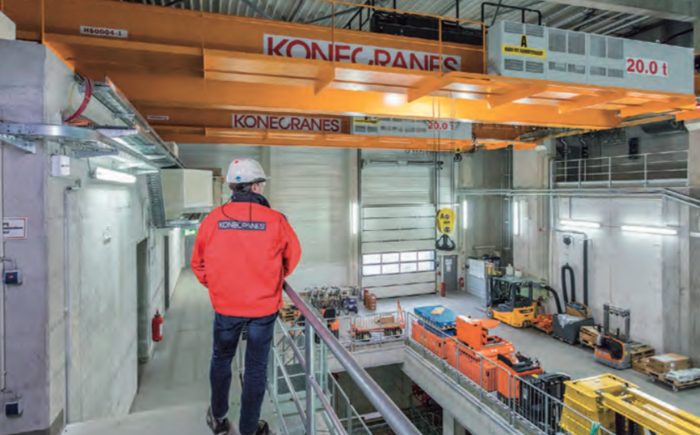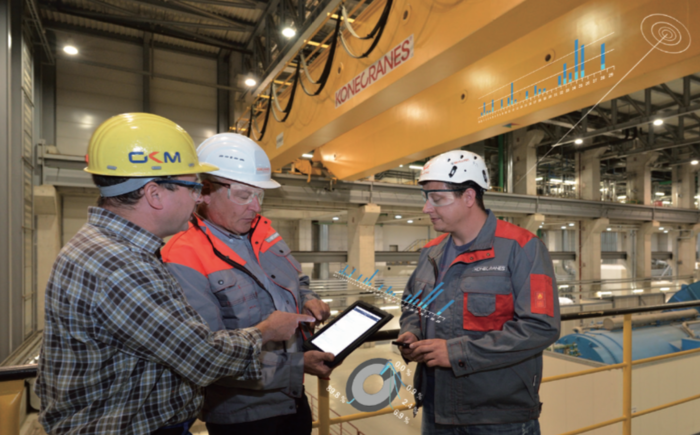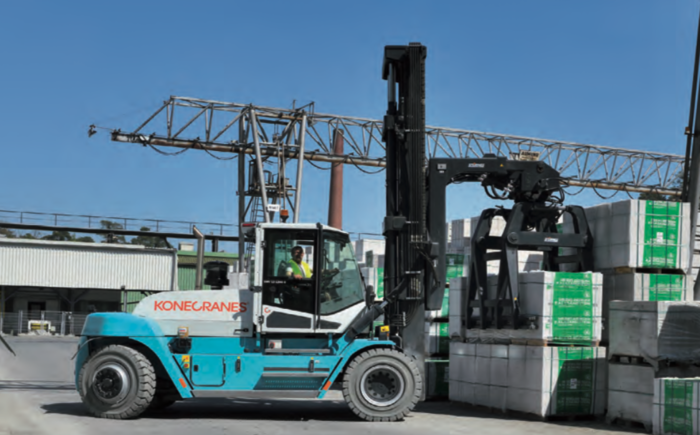David Dolph – Service Supervisor and Crane Operator Trainer
As a trainer of crane operators, I have encountered few crane operators who talk about or admit to plugging cranes. And in recent years, the practice has become less of a crane repair and safety issue, as the bridges and trolleys of many new cranes are equipped with inverter controls. These controls lessen the risk of load swing if an operator were to plug – that is, reverse the direction of a trolley or bridge to create torque that decelerates the trolley.
Plugging poses the greatest risk with contactor-controlled cranes. The practice can cause severe load swings for contactor-controlled cranes, plus it can wear out contactors prematurely and create flat spots on crane wheels, problems that can be detected through a preventive maintenance program. Plugging also can have a negative impact on older crane motors, causing them to wear faster.
However, plugging has little effect on cranes with inverter-controlled bridge and trolley circuits. The inverter controls the acceleration and deceleration of the bridge. So, if you press the north button to bridge north at maximum speed and then press the south button, the inverter will bring the crane to a gradually decelerated stop before the bridge changes direction. The inverter-controlled deceleration reduces the risk of load swing.
The one case in crane operator training that I have recommended plugging involves using DC electric cranes to handle molten steel in steel mills. In this instance, plugging is an advisable alternative to applying the electric trolley or bridge brake, which can create a load swing that could spill molten metal.
In most cases, plugging does not have the detrimental effects of other practices that I instruct crane operators to avoid. Key among these practices, which compromise safety and cause premature wear on crane components, is side pulling – that is, lifting a load at an angle as opposed to straight up. This puts excess strain on components and the wire rope, and creates load swing.
Another detrimental practice is machine gunning the controls – hitting buttons repeatedly in quick succession. This creates excess heat inside the control pendant, the wiring, the contactors, the motor and the brakes, and causes the motor brake to go in and out quickly, which will ultimately wear down the brake.
Preventive maintenance for cranes, including regular inspections, can detect wear on crane components such as contactors and brakes before they fail, and can help point out issues such as improper crane operation procedures.







